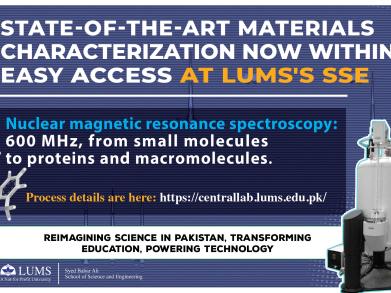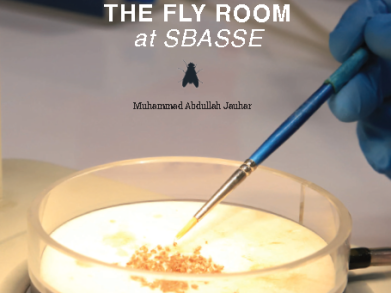
The fruit fly is a celebrated veteran guinea pig for research in genetics. This infamy results from its large chromosomes, numerous varieties and rapid rate of reproduction. Recently, this mundane insect has helped with finding a therapy to fight the onslaught of colorectal cancer!
Imagine cancer not as a disease but as a prisoner on the run; chances of escape increase if there are seldom check posts in its way. The ‘check posts’ here refer to a complex system within the body to regulate and, well, keep a check on cell growth rate. Too high a rate and we risk the onset of cancer. Sometimes, however, help from the military is deployed to put an end to the prison escape.
Working at the Biomedical Informatics Research Lab (BIRL) in Syed Babar Ali School of Science and Engineering, Dr. Safee Ullah Chaudhry and his team have discovered a new way to put an end to erroneous cell growth of very specific cells, in this case, cells that cause colorectal cancer. However, not all colorectal cancers are made alike.
Dr. Safee Ullah’s team also worked on patient-specific mutation data along with combinations of therapeutic drugs, specifically Zoledronate in combination with Trametinib, to come up with up a model that will help better understand the highly elusive and variable nature of colorectal cancer’s genetic genesis.




















